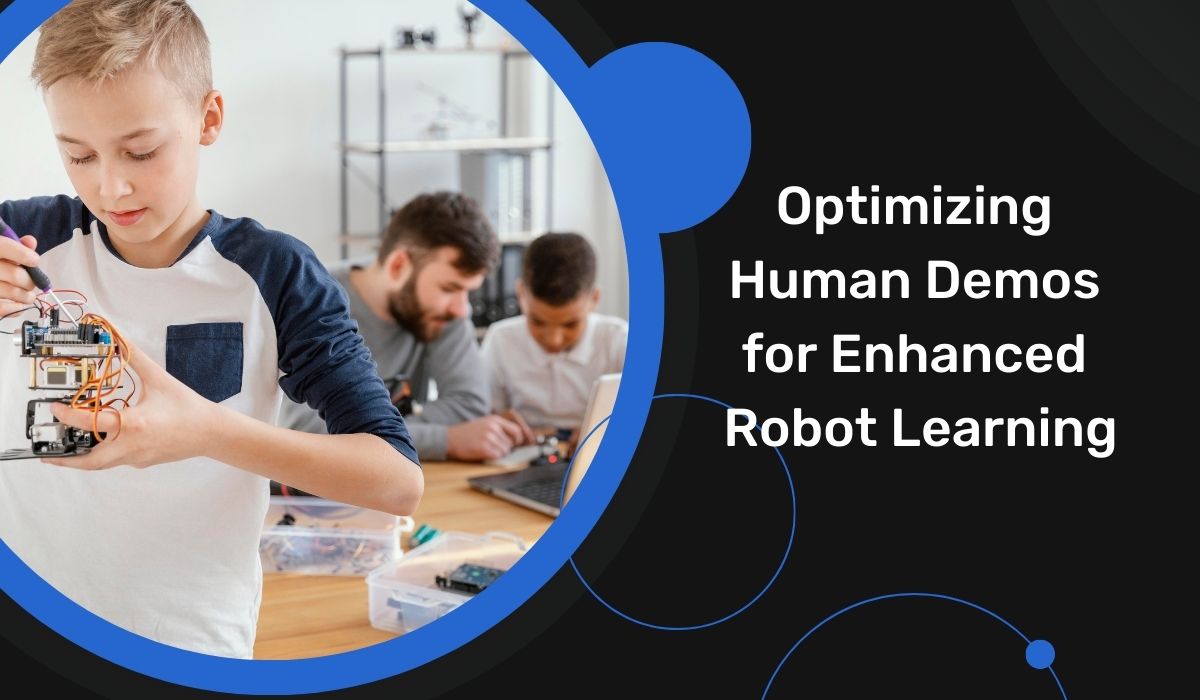
In a collaborative effort, researchers from the University of British Columbia, Carnegie Mellon University, Monash University, and the University of Victoria have embarked on a mission to enhance the training of robots by tapping into the power of human demonstrations. Their recent paper, published on the arXiv preprint server, details a novel approach that significantly improves the efficiency of robots learning from human users' demonstrations. This initiative aims to streamline the process of teaching robots intricate tasks without the need for expert programming.
Traditionally, training robots for specific tasks has been a laborious process, often requiring the expertise of computer scientists to break down tasks into numerous sub-tasks. The new approach, known as Learning from Demonstrations (LfD), empowers non-expert human teachers to program robots simply by showcasing the desired task. Maram Sakr, one of the researchers, emphasizes that LfD seeks to endow robots with the ability to learn by generalizing from human observations, reducing the need for complex programming.
The researchers' methodology involves guiding everyday users to select training data that enhances a robot's learning and allows for better generalization across different tasks. Notably, their criteria for effective demonstrations are user-friendly, applicable to individuals regardless of their expertise. The study's results indicate that teaching non-expert users to create effective demonstrations could significantly reduce the cost of robot training via imitation learning, offering a promising avenue to democratize access to robotics across various domains.
Practical Implications and Future Prospects.The researchers' work not only promises to make robot training more accessible but also demonstrates a substantial increase in efficiency. Through an augmented reality (AR)-based guidance system, non-expert users were trained to provide effective demonstrations, resulting in a remarkable improvement in robot learning and generalization efficiency. This approach, if implemented widely, could potentially revolutionize the deployment of robots in real-world environments, fostering quicker adaptation to new tasks and improving human-robot interaction.
Looking ahead, the criteria and AR-based guidance system developed by the research team hold the potential to shape the future of teaching robots new skills through non-expert demonstrations. The researchers express optimism about the broader applications of their approach in diverse domains, emphasizing the need for further exploration and testing under real-world conditions. As robots continue to play pivotal roles in various fields, this innovative approach stands as a beacon for more accessible and efficient training methods, paving the way for widespread integration of robotics in everyday life.